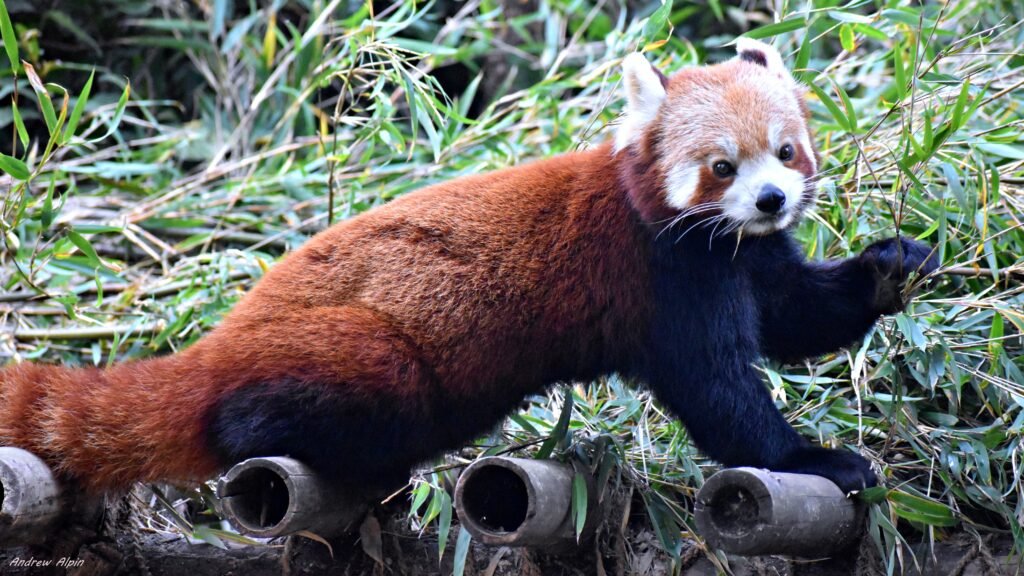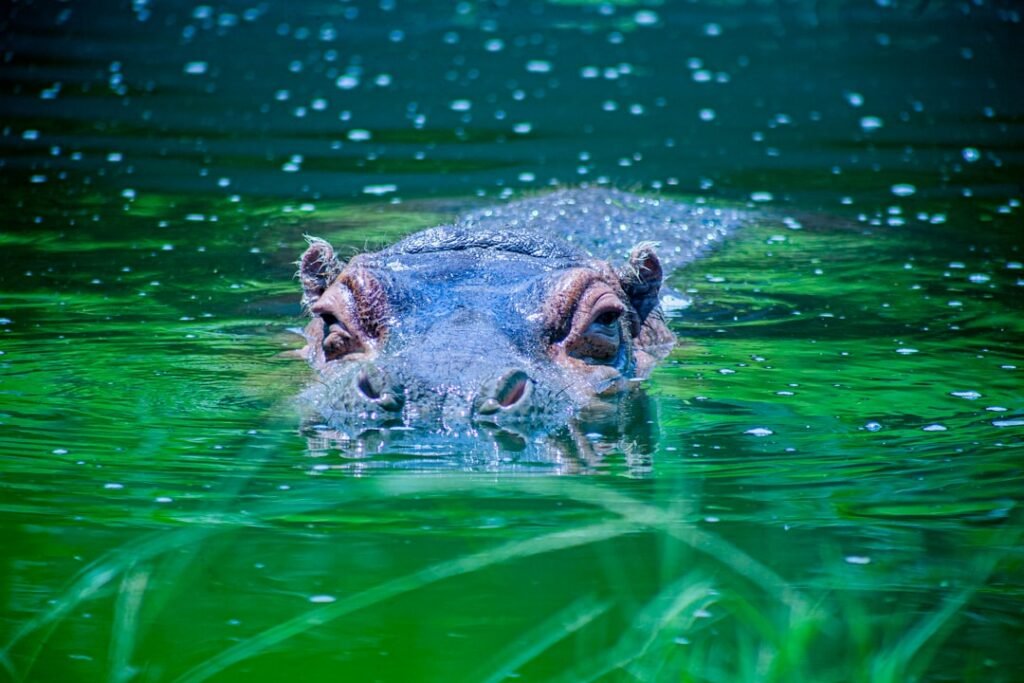Each September, the world turns its attention to one of the most enchanting and endangered creatures—the red panda. World Red Panda Day, also known as International Red Panda Day (IRPD), is celebrated on the third Saturday of September. Launched in 2010 by the Red Panda Network, this day inspires global awareness and support for red panda conservation. With fewer than 10,000 individuals left in the wild, this celebration is not only about admiration but also about survival.
Why September Belongs to the “Firefox” of the Himalayas
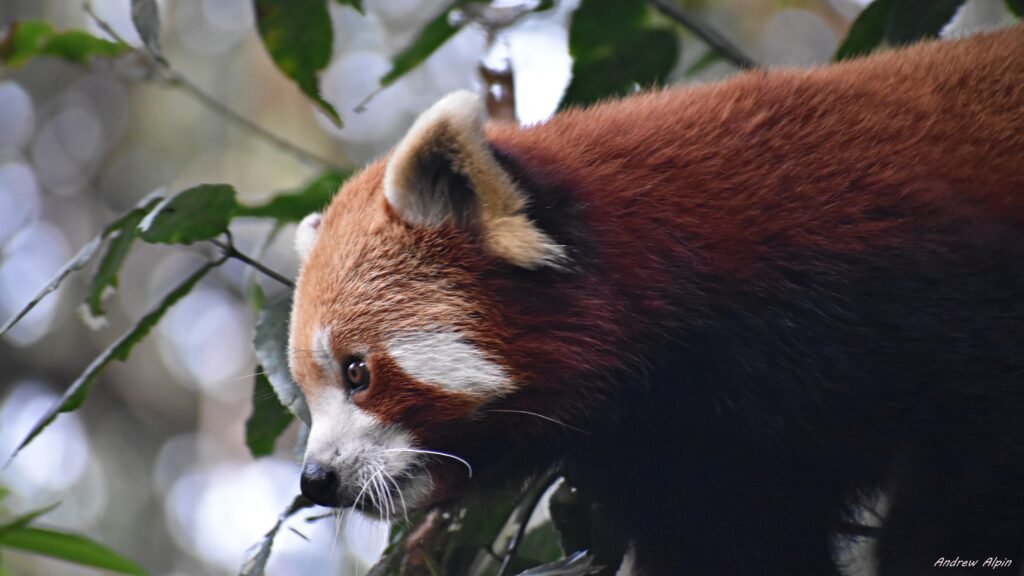
International Red Panda Day began as a grassroots initiative by the Red Panda Network, an organization dedicated to protecting the species across its native range in the Himalayas and high mountains of Asia. Since 2010, schools, zoos, and conservation groups have joined in to spread awareness, fundraise, and educate communities on the challenges red pandas face. The day has grown into a global event where people pledge to protect forests, reduce human–wildlife conflict, and support conservation efforts.
Though often overshadowed by their namesake, the giant panda, red pandas hold a crucial ecological role. They are an umbrella species, meaning that by conserving them, entire forest ecosystems—including countless other species—benefit. Red pandas help maintain the health of Himalayan forests, which in turn protect rivers and water supplies for millions of people across Asia. Their survival is directly tied to the wellbeing of both wildlife and humans.
An Endangered Species on the Brink
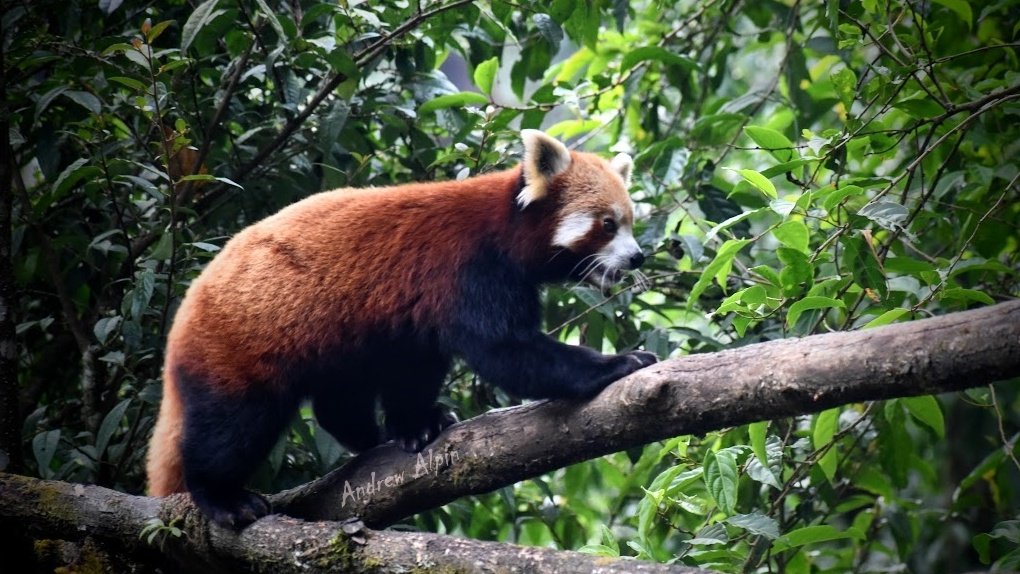
The red panda is listed as Endangered by the International Union for Conservation of Nature (IUCN). Fewer than 10,000 are estimated to remain in the wild, scattered across Nepal, India, Bhutan, Myanmar, and China. Deforestation, habitat fragmentation, livestock grazing, poaching, and accidental snaring continue to threaten their survival. Without urgent intervention, this charismatic species could vanish within our lifetime.
The Challenge of Habitat Loss
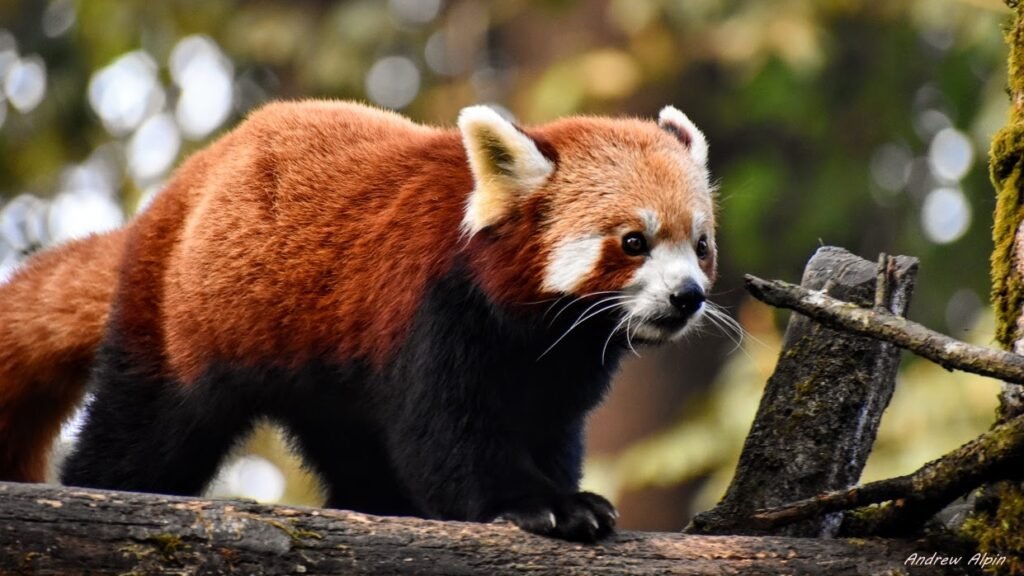
Red pandas depend on dense forests rich in bamboo, which makes up most of their diet. Unfortunately, human expansion, logging, and agriculture have fragmented these forests into isolated patches. In the Himalayas, road building and tourism development further pressure their shrinking habitat. Climate change adds another layer of stress, as shifting temperatures alter bamboo growth patterns—their primary food source.
The Role of Zoos in Conservation
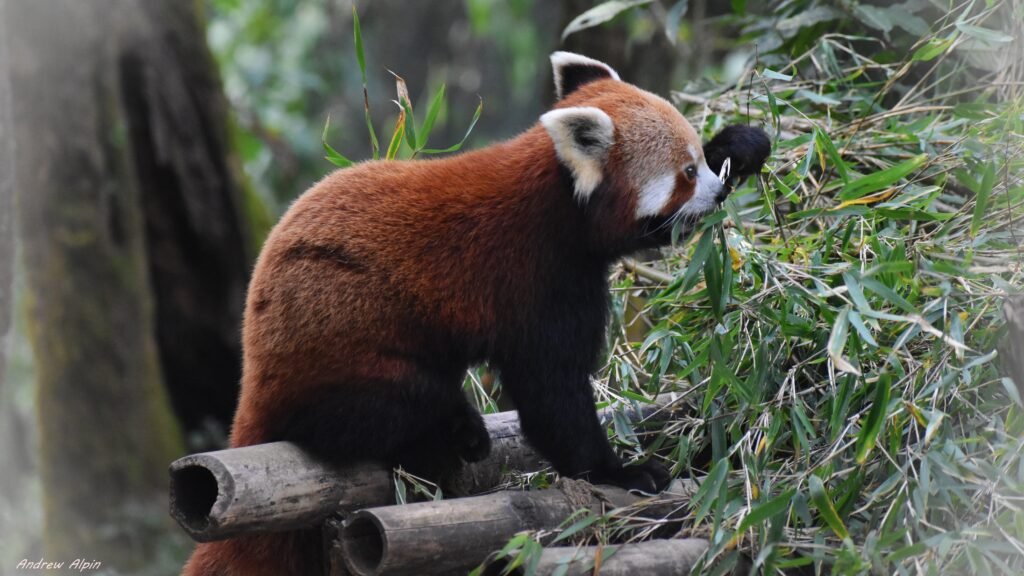
While wild conservation is vital, zoos play an equally important role in protecting red pandas. Captive breeding programs ensure genetic diversity, provide research opportunities, and educate millions of visitors about the species each year. Some of the world’s most respected zoos, including the Padmaja Naidu Himalayan Zoological Park in Darjeeling, India, have become leading forces in red panda conservation. The zoo is popular not just for its breeding program that has been consistently releasing red pandas into the mountainous environment of Singalila National Park, one of the natural habitats of the red panda, it also has an impressively large open air red panda enclosure that mimics the animal’s habitat.
Darjeeling Zoo: India’s Pride in Red Panda Conservation
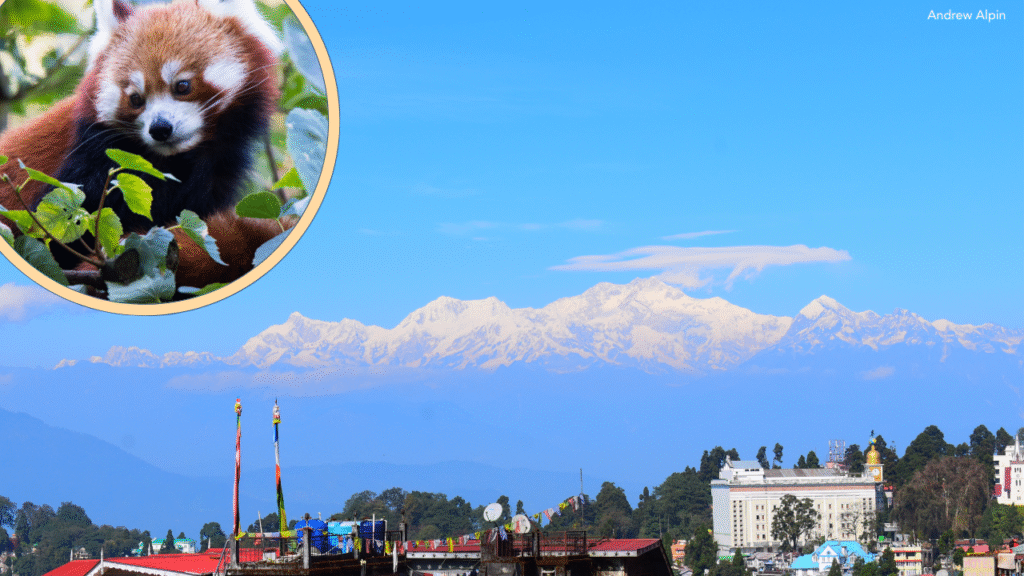
Nestled in the Himalayan foothills, the Padmaja Naidu Himalayan Zoological Park (commonly known as Darjeeling Zoo) is world-renowned for its red panda program. Unlike many zoos that house multiple exotic species, this zoo focuses specifically on endangered Himalayan fauna, with the red panda at its heart. It has emerged as India’s only specialized zoo with internationally recognized conservation breeding programs for the species.
Awards and Recognition for Darjeeling Zoo
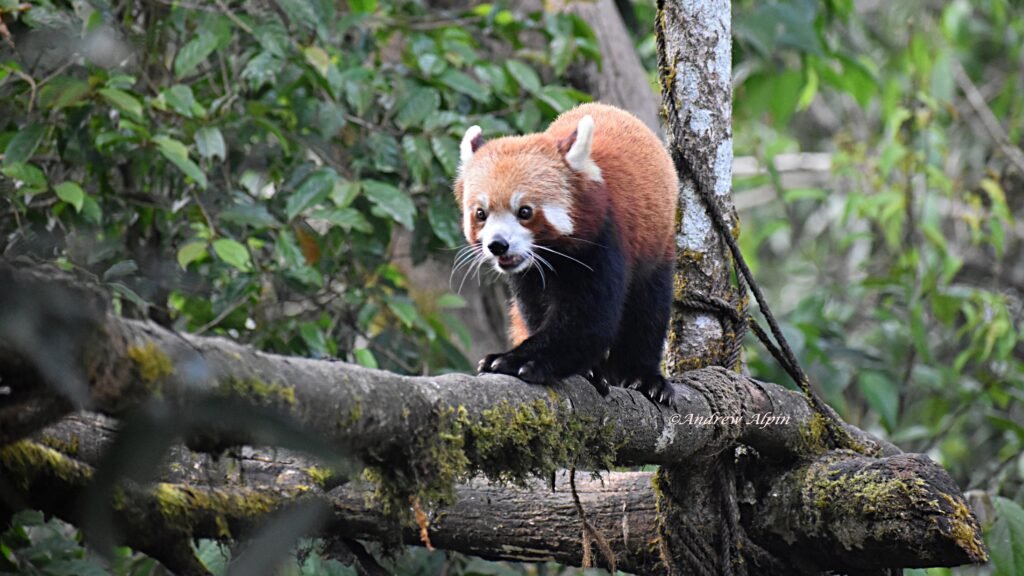
Darjeeling Zoo’s efforts have not gone unnoticed. In 2024, its Red Panda Conservation Program was shortlisted for the prestigious WAZA (World Association of Zoos and Aquariums) Conservation & Environmental Sustainability Awards. This recognition highlights the zoo’s leadership in breeding, genetic preservation, and sustainable rewilding. Over the years, the zoo has received multiple national and international honors for its scientific and conservation excellence.
Breeding and Rewilding Success Stories
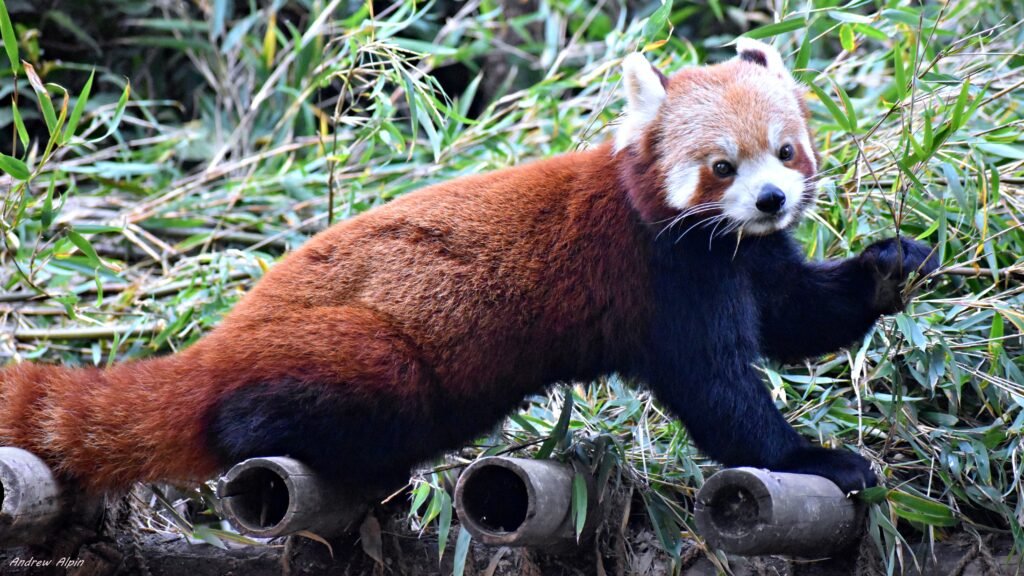
The zoo has pioneered a “breed-and-release” program. Red pandas born in Darjeeling are carefully reared and trained for survival before being released into their natural habitats. One of its proudest achievements is the successful reintroduction of red pandas into Singhalila National Park in West Bengal, India. This program not only increases wild population numbers but also helps restore the ecological balance of the park.
Genetic Preservation: A First for India
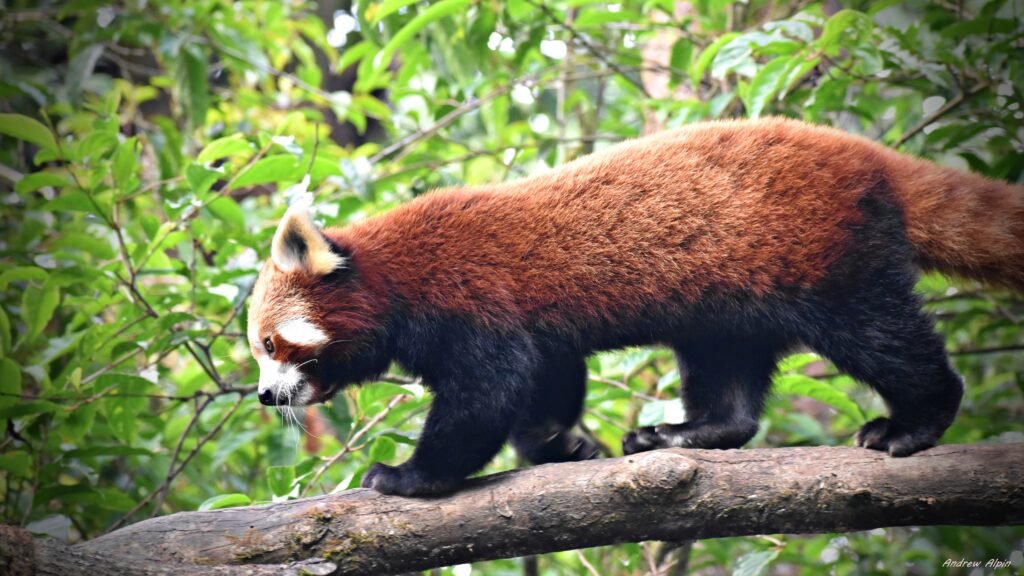
In 2024, the zoo established India’s first genetic biobank for endangered animals. This groundbreaking facility preserves DNA samples from red pandas and other Himalayan species such as snow leopards and wolves. The biobank ensures that even if populations decline in the future, genetic material can be used to combat extinction and minimize inbreeding risks. It represents a forward-looking approach to conservation.
While red pandas remain its flagship species, Darjeeling Zoo is also committed to the survival of other high-altitude endangered animals. Programs for snow leopards, Himalayan wolves, clouded leopards, and Tibetan wolves run alongside red panda conservation, making the zoo a cornerstone of Himalayan biodiversity protection. By focusing on interconnected species, the zoo ensures a holistic approach to conservation.
Conservation cannot succeed without people. Darjeeling Zoo collaborates with global organizations like the Red Panda Network while also engaging local Himalayan communities. Education campaigns, eco-tourism initiatives, and employment opportunities encourage people to protect rather than exploit red panda habitats. This combination of local stewardship and international support is crucial for lasting success.
Broader Conservation Beyond Red Pandas
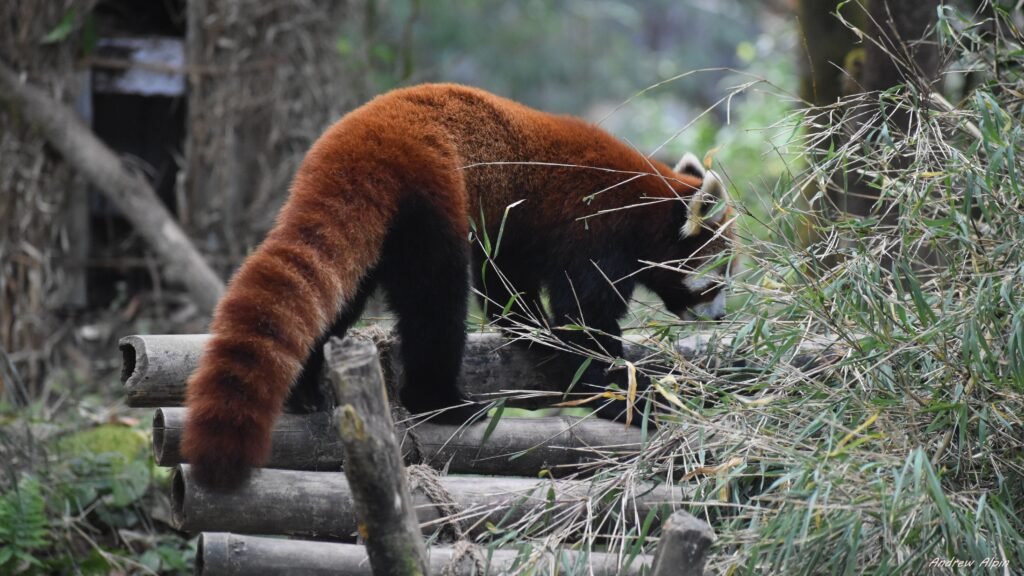
Beyond India’s Padmaja Naidu Himalayan Zoological Park in Darjeeling, several other leading institutions worldwide are at the forefront of red panda conservation. The Red Panda Network in Nepal works directly with local communities to protect wild habitats in the Eastern Himalayas while training “forest guardians” to monitor panda populations. In China, the Chengdu Research Base of Giant Panda Breeding also supports red panda research and captive breeding as part of its broader small carnivore program. In Europe, the Rotterdam Zoo (Netherlands) and the Zoo Leipzig (Germany) are noted for their successful breeding records and participation in the European Endangered Species Programme (EEP). Meanwhile, in North America, the Smithsonian’s National Zoo in Washington, D.C., and the Toronto Zoo in Canada play vital roles in maintaining genetic diversity through the Species Survival Plan (SSP). Together, these centers form a global safety net for the species, sharing expertise, exchanging animals for breeding, and supporting in-situ conservation in the Himalayan range.
A Call to Action During Red Panda Month
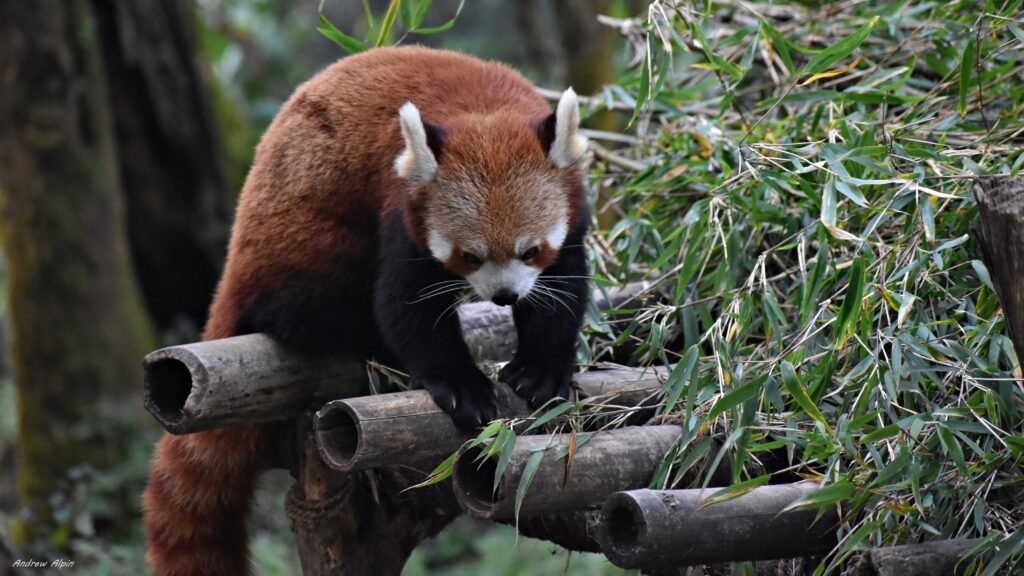
Red Panda Month and International Red Panda Day remind us that conservation is not just the work of scientists and zookeepers—it is everyone’s responsibility. Whether through donations, awareness campaigns, or lifestyle choices like reducing deforestation-linked products, individuals can make a difference. The survival of the red panda depends on collective action.
✅ Conclusion: As we celebrate Red Panda Month this September, we are not just honoring a charming, tree-dwelling animal—we are safeguarding the future of an entire ecosystem. The efforts of organizations like the Padmaja Naidu Himalayan Zoological Park prove that with dedication, innovation, and cooperation, even the most vulnerable species can be given a fighting chance.

Hi, I’m Andrew, and I come from India. Experienced content specialist with a passion for writing. My forte includes health and wellness, Travel, Animals, and Nature. A nature nomad, I am obsessed with mountains and love high-altitude trekking. I have been on several Himalayan treks in India including the Everest Base Camp in Nepal, a profound experience.

